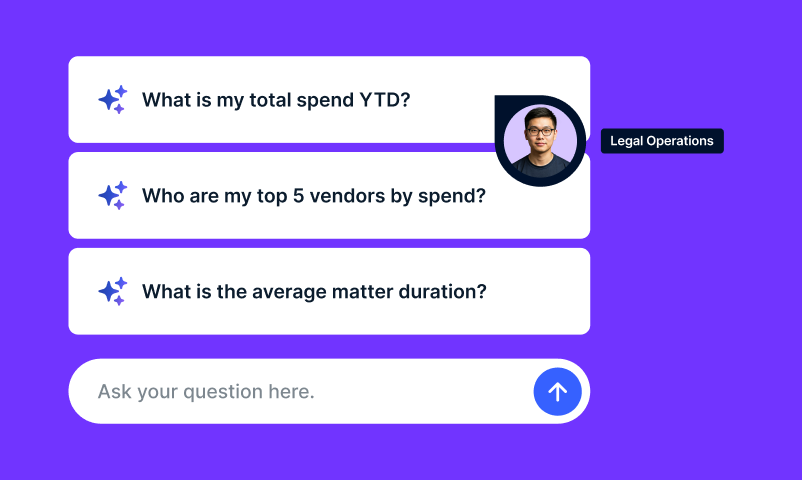
Corporate legal departments and the enterprises they serve are increasingly on a mission to adopt best practices and transform them into smarter workflows, better processes and operational efficiencies.
Legal operations professionals are crucial in creating this digital transformation, something reflected in a recent CLOC survey. It outlined top-ranked priorities for legal operations, including automating legal processes, implementing new technologies and right sourcing legal work.
Over the past several months, experts and pioneers in digital transformation and legal technology have gathered to discuss some of the biggest challenges and opportunities for general counsel, in-house counsel and law departments. Their insight, covering areas such as NDA challenges and constructing world-class legal operations, is now available as podcasts on this LinkedIn page.
Some of the podcast highlights include:
- How to Alleviate the NDA Strain – Nick Whitehouse, GM for Onit’s AI Center of Excellence, talks about how technology, AI and automation, including Automate NDA from Onit, is transforming the NDA process. Nick has extensive experience in leading digital transformation at large organizations, and he knows how important a quick win is to making those transformations successful.
- How to Build World-Class Legal Operations – Brad Rogers, Onit’s SVP of Strategy and Growth, shares his insights into what goes into the creation of industry-leading legal ops. While budget is an important factor to how fast you can move on technology, it’s important to remember that you need to tailor the speed of your transformation to the human capacity for change.
- What Lawyers Really Want from Contract AI – Are legal and contract AI technologies giving lawyers what they truly need? Lawyer Jean Yang, Vice President of the Onit AI Center of Excellence, discusses this question and practical uses of technology in law.
- CLM ROI: Is It Hype or Really Happening? – Contract lifecycle management (CLM) is yet another popular topic in legal tech today. Matt DenOuden, Onit’s Senior Vice President of Global Sales, discusses how to get past the hype to CLM payoff and the ultimate ROI opportunity.
You can listen to all these podcasts and more here.
The Onit Advantage
Onit is home to some of the best minds in legal technology. Our executives created this industry and ground-breaking technology including enterprise legal management more than 20 years ago – all while working hand-in-hand with corporate legal departments to make it easier to handle the business of law.
To learn more about how Onit is revolutionizing legal operations, contact Onit today.










 Today, we are excited to announce that
Today, we are excited to announce that 

